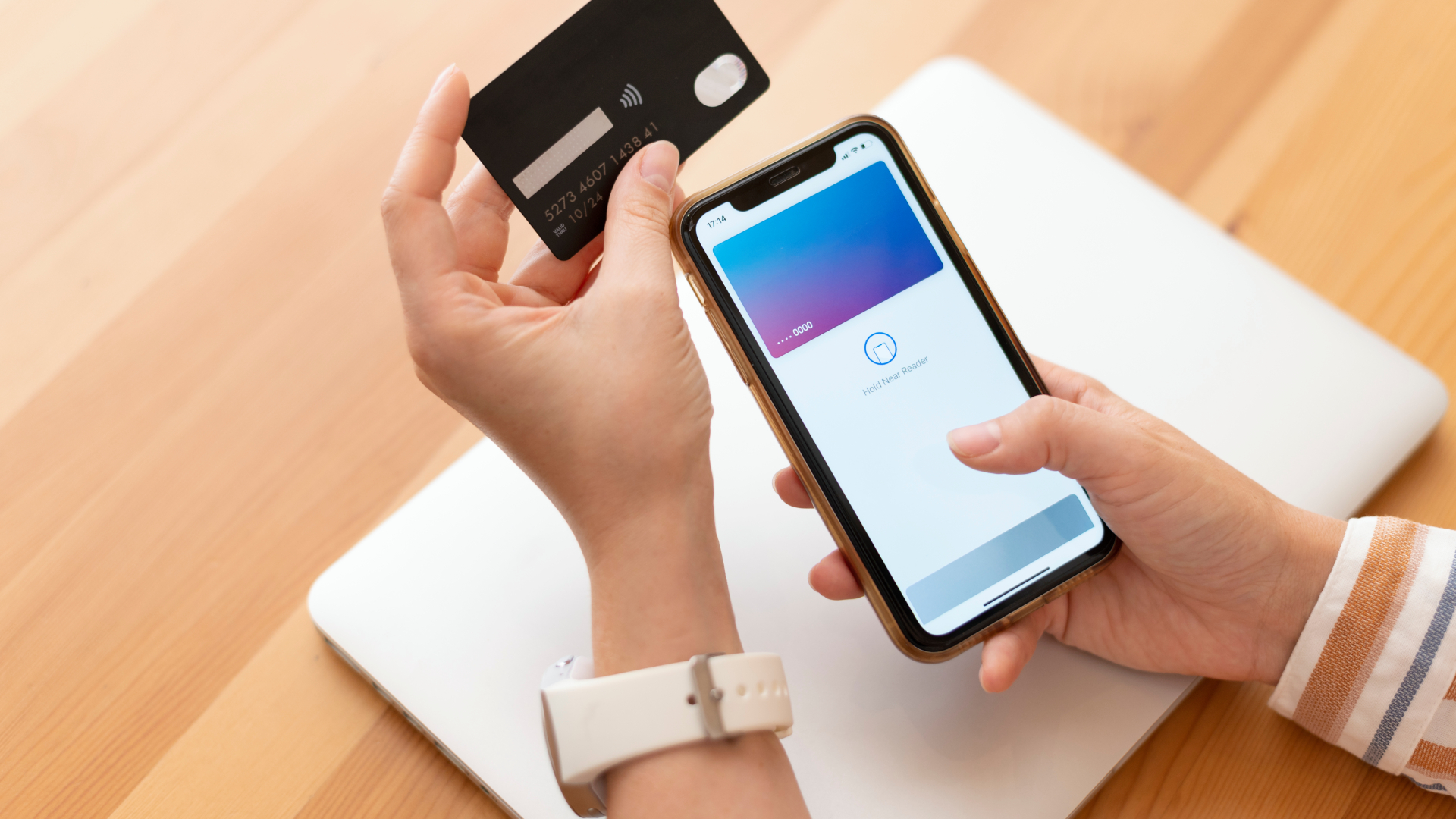
1. Introduction to the Digital Payments Revolution
The digital payments revolution marks a transformative shift in how individuals and businesses conduct financial transactions. Gone are the days when cash and checks dominated daily commerce. With the advent of digital wallets, mobile banking apps, and contactless payment methods, financial transactions are now faster, more secure, and more convenient than ever. This revolution is reshaping not only the way we pay but also the way we think about money, banking, and accessibility.
2. Rise of Mobile Wallets and Contactless Payments
Mobile wallets like Google Pay, Apple Pay, and Paytm have rapidly replaced traditional payment methods. By allowing users to store debit or credit card information securely on their smartphones, these wallets provide an effortless tap-and-pay experience. Contactless payment systems using Near Field Communication (NFC) technology have become mainstream in retail, restaurants, and public transportation. This frictionless experience is not only time-saving but also crucial during health emergencies like COVID-19, which emphasized the need for touch-free transactions.
3. Role of UPI and Real-Time Payment Systems
In countries like India, the Unified Payments Interface (UPI) has revolutionized digital transactions by enabling real-time, interbank peer-to-peer transfers. Users can send and receive money instantly using just a mobile number or UPI ID. This seamless technology is secure, regulated, and widely adopted—even by small vendors and street hawkers—making digital payments truly inclusive. Similar systems like RTP in the US and Faster Payments in the UK are driving similar change globally.
4. Security Enhancements and Fraud Prevention
As digital transactions rise, so does the need for robust cybersecurity. Fortunately, technology is evolving to keep payments safe. Features like two-factor authentication (2FA), biometric verification, tokenization, and end-to-end encryption have become standard. These measures significantly reduce fraud risk, instilling confidence in users. Additionally, AI-driven fraud detection systems monitor transactions in real-time to flag unusual activity and prevent financial loss.
5. Financial Inclusion Through Technology
One of the most powerful aspects of the digital payments revolution is its role in promoting financial inclusion. Mobile banking and digital wallets enable access to financial services for people in remote or underserved regions, often without needing a physical bank branch. This empowers individuals to save, invest, borrow, and insure, improving their overall economic well-being. Governments and fintech companies are leveraging this technology to bring more people into the formal financial system.
6. Integration of Blockchain and Cryptocurrencies
Blockchain technology and cryptocurrencies are also contributing to the transformation of digital payments. With decentralized networks, faster cross-border transfers, and low transaction costs, cryptocurrencies like Bitcoin and stablecoins are gaining attention. While regulatory frameworks are still evolving, blockchain's transparent and immutable nature makes it a promising tool for secure and efficient financial transactions, particularly in global commerce.
7. Challenges and Considerations
Despite the many benefits, digital payments also bring challenges. Cybersecurity threats, digital literacy gaps, internet access issues, and dependence on technology can be obstacles for some users. Moreover, data privacy is a growing concern, with companies collecting vast amounts of financial and behavioral data. It’s crucial for regulators, financial institutions, and technology providers to ensure ethical use of data and establish frameworks that protect users while fostering innovation.
Conclusion: Embracing a Cashless Future
The digital payments revolution is reshaping the financial landscape, offering speed, security, and accessibility like never before. From urban consumers using mobile wallets to rural communities gaining access to banking for the first time, technology is making transactions more inclusive and efficient. As we move toward a more cashless society, staying informed and adopting secure practices will ensure everyone can benefit from this exciting financial evolution. The future of payments is digital—and it’s already here.